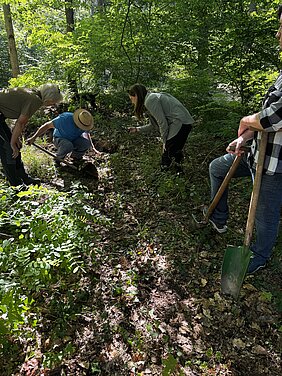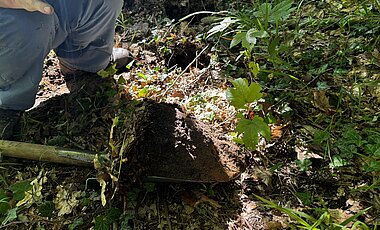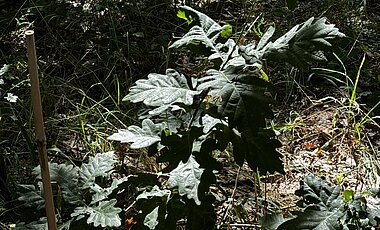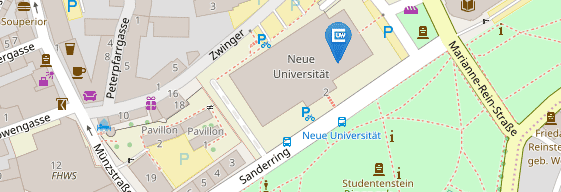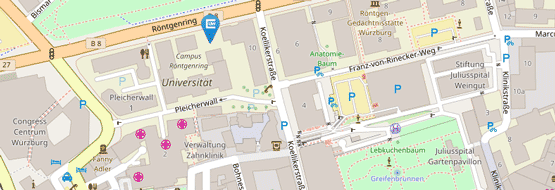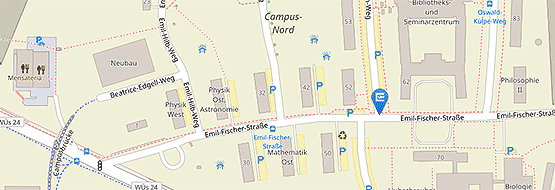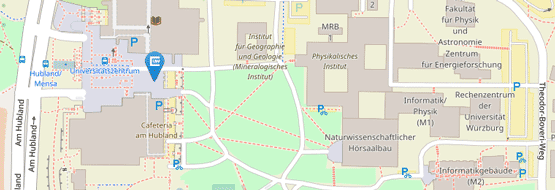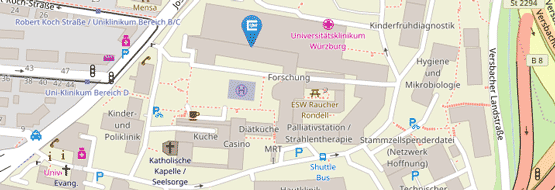Soil hydrological investigations as a new project in Sommerhausen Forest
08/19/2024The Sommerhausen forest, located near the wildlife park near Sommerhausen, is the focus of an ecological reforestation project that aims to restore forest areas affected by drought damage. This damage results from the hydrologically unfavorable conditions of the sites, which are increasingly affected by periods of drought as a result of climate change. The aim of the project is to optimize site conditions through targeted soil improvement measures and thus strengthen the resilience of the forest to future climatic challenges.
The study area comprises two specific sites in the Sommerhausen Forest:
Site 1: This area is characterized by a layer of drifting sand about 1 metre thick over Keuper clays. The low water storage capacity of the soil here leads to an increased risk of drought damage.
Site 2: This is a deep layer of drifting sand that is several meters thick. These soils are also hydrologically unfavorable, as the drifting sand only has a low water retention capacity.
These sites are to be reforested by mixing the soil in the planting holes with loess loam. Loess loam has a higher water retention capacity and can improve the hydrological conditions through its admixture.
Before the reforestation is carried out, detailed pedological studies are carried out in the soil science laboratory of the Julius-Maximilians-Universität Würzburg. The site properties of the “natural” soils (carbonate content and organic carbon) are analyzed using the Solitoc CNS device. The particle size distribution of the soils is determined using pipette analysis and a laser diffractometer. In addition, different mixing ratios of local drifting sand and loess loam will be investigated to determine the hydrological properties of these mixtures and thus identify the optimal conditions for reforestation.
As part of the field trial, climate change-adapted tree species such as trembling aspen (Populus tremula), wych elm (Ulmus laevis) and various oak species (Quercus spp.) will be planted at the sites. These trees will be placed in planting holes filled with different mixtures of loess loam and topsoil. In addition, the possibility of reducing soil compaction in the subsoil by perforating the base of the planting holes and thus improving water infiltration and root development is being tested.
The loess loam used is provided by Südzucker. This is a by-product of sugar beet processing in the Franconian irrigation areas, where the sediment is collected after the beet has been rinsed off.
This project is part of the University of Würzburg's ERDF-funded project and addresses key issues such as biodiversity, climate change and soil protection. Through the targeted improvement of site conditions and the selection of tree species that are adapted to future climatic conditions, the aim is to create a resilient forest that is not only ecologically valuable but also sustainably resilient to the consequences of climate change.
The results of this project should help to develop practical solutions for reforestation under difficult hydrological conditions. In the long term, the findings could also be transferred to other forest areas with similar problems in order to promote the stability and biodiversity of forests in times of climate change.






